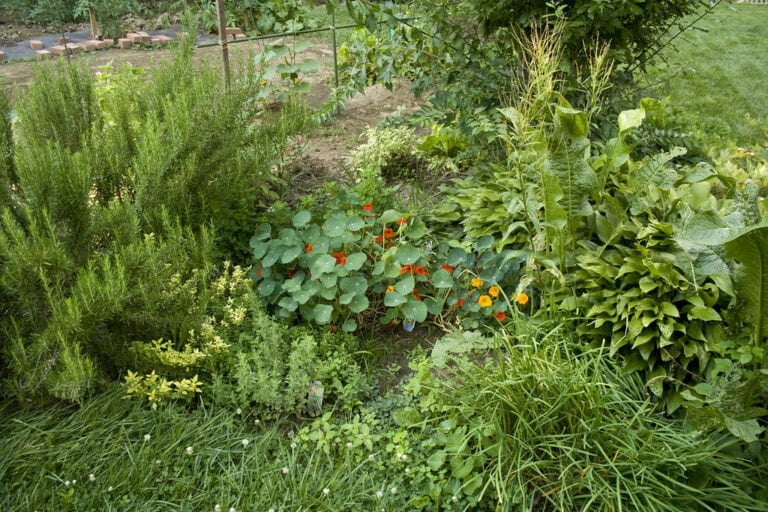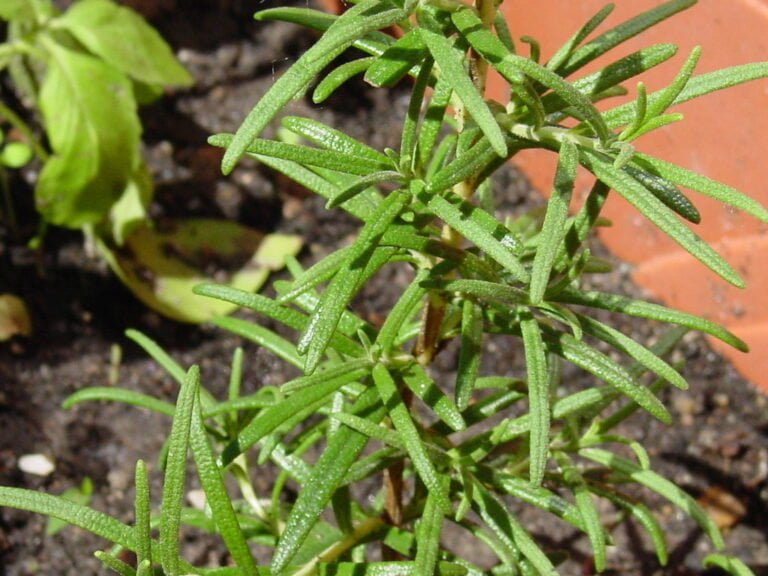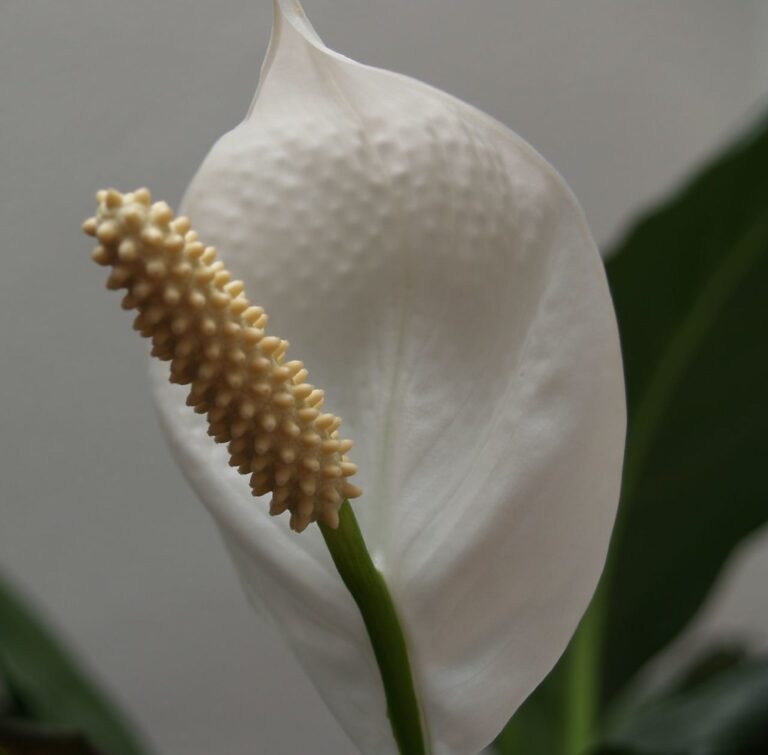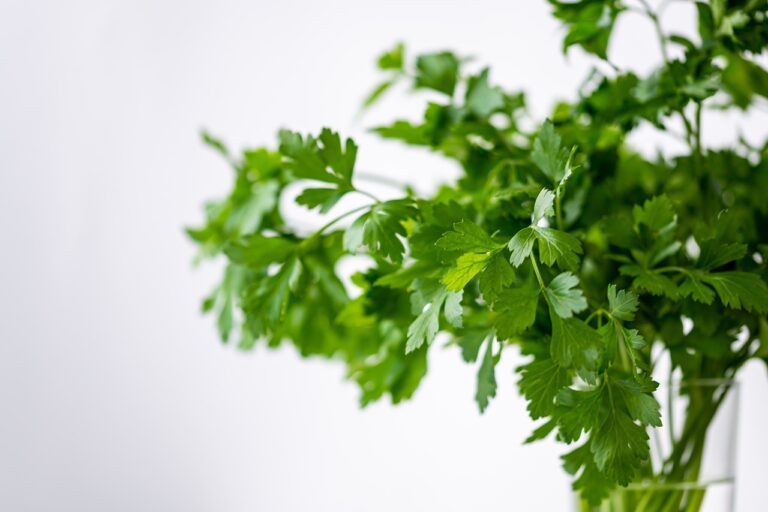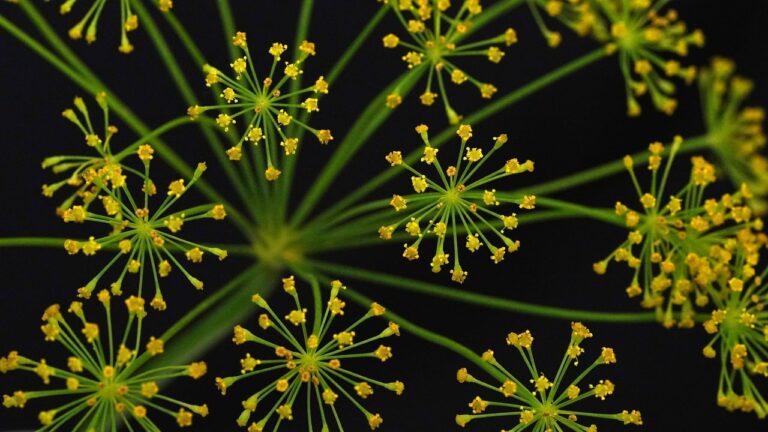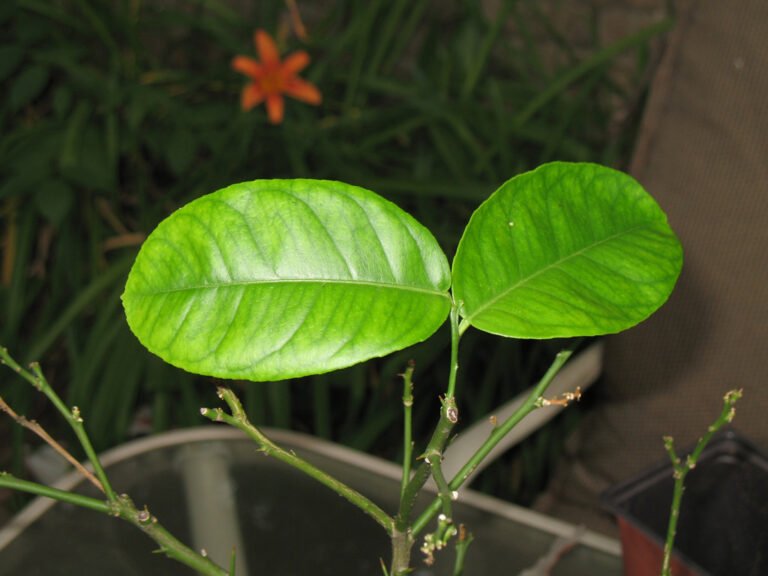A Step-by-Step Guide to Propagating a Philodendron
When propagating a Philodendron, I start by choosing a healthy stem cutting with 2-3 leaves, making a clean cut just above a node at a 45-degree angle. I then remove the bottom leaves, place the cutting in water, changing it every few days, and wait for roots to develop before transferring it to soil. For water propagation, I submerge the stem in water, changing it regularly, making sure roots form within a few weeks. Choosing the right soil mix, observing root growth, and monitoring progress are key steps in successful propagation. Mastering these fundamentals guarantees healthy growth, setting the stage for a thriving Philodendron.
Finding and Cutting a Node
To successfully propagate a Philodendron, the first step is to locate a node on the vine, typically positioned near a leaf for best growth. Nodes play an important role in root development, making them essential for successful propagation. When cutting the vine, it is important to make a clean cut just above the node. This precise cut guarantees that the cutting has the best chance of developing roots and thriving in its new environment.
Cutting at a 45-degree angle above the node is recommended as it helps create a larger surface area for water absorption and encourages the growth of new roots. Best cutting length is around 5 inches, with 2 to 3 leaves attached. These leaves provide essential nutrients for the cutting as it establishes itself. Before rooting the cutting, it is advisable to trim off the bottom leaves. This not only helps in fitting the cutting into the rooting medium but also promotes new growth and focuses the plant’s energy on root development.
Preparing and Rooting Cuttings
Selecting a healthy Philodendron stem cutting of 4-6 inches in length, with at least 2-3 leaves, is essential for successful propagation. Once you have your cutting, the next step is to prepare it for rooting. Start by removing the bottom leaves of the cutting. This not only helps in preventing the leaves from rotting in water but also encourages the cutting to focus its energy on root development.
After preparing the cutting, place it in a glass of water. Make sure that the nodes, which are the points where the leaves were removed, are submerged in water. The cutting should be positioned in a location with indirect sunlight. Changing the water every few days is vital to prevent the growth of bacteria and make sure that the cutting has a clean environment to develop roots.
Over the next few weeks, keep an eye on the cutting for signs of new root growth. Once you observe healthy roots starting to form, you can then transfer the cutting into soil. This method of propagating Philodendron through water is a reliable way to encourage root development before moving the plant to a soil environment for further growth.
Water Propagation Method
I’ve found that the water propagation method for Philodendrons involves submerging the stem in water, ensuring the nodes are covered. It’s important to change the water regularly, every few days, to keep it fresh and prevent any bacterial growth. By following these steps and providing indirect sunlight, roots should start to form within a few weeks, indicating successful propagation.
Submerge Stem in Water
Dunking a Philodendron stem in a glass of water is a common and effective method for propagating this plant. To successfully propagate your Philodendron using the water propagation method, follow these steps:
- Immerse Stem: Make sure that the nodes on the stem are fully submerged in the water to encourage root growth.
- Ideal Placement: Position the water container with the stem in an area with indirect sunlight to promote healthy propagation.
- Regular Water Changes: Change the water every few days to maintain cleanliness and create a perfect environment for root development.
- Root Growth: Expect to see roots emerging from the nodes of the stem within a few weeks of starting the water propagation process.
Change Water Regularly
To maintain ideal conditions for root development, changing the water regularly is essential when propagating a Philodendron using the water propagation method. It is vital to replace the water every few days to prevent bacterial growth and establish a healthy environment for the cuttings’ roots. By keeping the water clear and clean, you support peak root growth by maintaining adequate oxygen levels. Cloudy water can impede root development, highlighting the significance of regular water changes. Fresh and clean water not only prevents potential issues but also promotes the health and growth of the developing roots. Hence, make it a habit to refresh the water consistently to provide the best possible environment for your Philodendron cuttings to thrive.
Soil Propagation Method
I’ve found that when propagating Philodendrons in soil, selecting the right type of soil is essential for success. Ensuring well-draining soil with a good mix of organic matter can provide the ideal environment for root development. Additionally, maintaining proper care practices like consistent watering and indirect light will support the growth of healthy new plants.
Choosing the Right Soil
When propagating a Philodendron through the soil method, selecting a well-draining houseplant medium or potting soil is essential for successful root development. Here are some key points to ponder when choosing the right soil:
- Avoid heavy soils: Heavy soils that retain excessive moisture can lead to root rot in Philodendron cuttings.
- Use a mix of peat moss, perlite, and coarse sand: This combination provides adequate aeration and drainage for healthy root growth.
- Maintain moisture levels: Guarantee the soil is moist but not waterlogged to support prime root development.
- Crucial for successful propagation: Choosing the right soil is crucial for promoting robust root development and overall growth of propagated Philodendron plants.
Proper Plant Care
For successful propagation of Philodendron using the soil method, make sure that the plant receives adequate indirect sunlight to promote healthy growth. Prepare a well-draining pot with a houseplant medium to create ideal soil conditions. Consider using rooting hormone or cinnamon on the cuttings to stimulate root growth. Place the pot in indirect sunlight to provide the necessary light for the philodendron cuttings to flourish. Keep the soil consistently moist but not waterlogged to aid in healthy root development. Within a few weeks of planting the philodendron cuttings in soil, expect to observe new growth and roots forming. Proper care, including light exposure, soil conditions, and moisture levels, is essential for successfully propagating philodendron plants using the soil method.
Monitoring Growth and Roots
To effectively monitor the growth and development of Philodendron cuttings, regularly check the roots for signs of establishment and make sure they reach at least 1 inch in length before transferring them to soil for best success. Here are some key points to think about when monitoring growth and roots:
- Check for root growth: After about 4 weeks of water propagation for trailing Philodendrons, it’s important to look for signs of root development. This can indicate the readiness of the cutting for the next step.
- Establishment timeline: Trailing Philodendrons propagated in soil typically take around 3-4 weeks to establish roots. Keep an eye on the progress to make sure they are developing as expected.
- Transfer to soil: When propagating non-trailing Philodendrons, it’s vital to wait until the roots are at least 1-inch long before transferring them to soil. This length indicates that the roots are sufficiently developed to support the plant’s growth.
- Monitor root color and development: When propagating Philodendron cuttings in water, pay attention to the appearance and growth of white roots at the stem nodes. This visual cue can help you assess the health and progress of the rooting process.
Tips for Successful Philodendron Propagation
Inspecting the health of your Philodendron plants is vital before starting the propagation process to guarantee successful growth and development. To propagate new plants, it is important to begin with a healthy parent plant free from diseases. Trailing Philodendrons can be propagated in either water or soil for best growth, while non-trailing varieties can be propagated through division or stem cutting methods.
For Philodendron cuttings, water propagation is a popular method. When propagating trailing Philodendrons in water, it typically takes 4-6 weeks for roots to develop. Make sure the water is changed regularly to prevent stagnation and the formation of algae, which can harm the cutting. Once roots have grown to around an inch or more, the cutting can be transferred to soil for further growth.
On the other hand, soil propagation for trailing Philodendrons involves placing the cutting in a well-draining potting mix. It usually takes 3-4 weeks for roots to establish in soil. Keep the soil slightly moist but not waterlogged to promote root growth. Once roots have developed sufficiently, continue to care for the new plant as you would an established Philodendron to support its growth and development.

